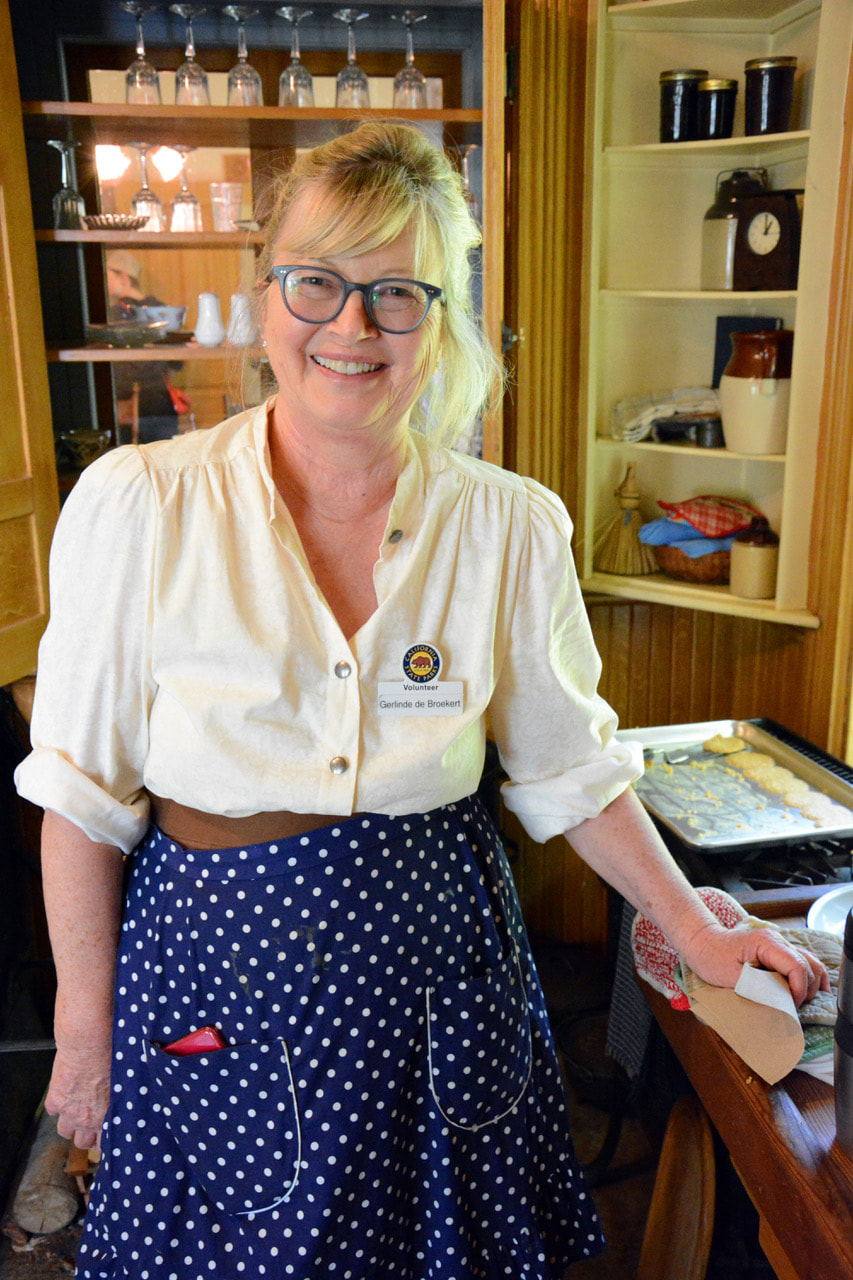Recent Recipes |
WELCOME TO SUNNY COVE CHEFThank you for visiting my blog. My two passions are cooking and traveling. Traveling exposes me to a wide variety of food and experiences. I walk around cities looking for markets, restaurants, bakeries, shops, you name it, and if it is related to food you will find me there, tasting, smelling, talking to vendors, and having a great time. If you have tried any of my recipes, snap a photo and tag me @sunnycovechef I'd love to see your creations! |
COPYRIGHT 2009-2024 SunnyCoveChef -All Rights Reserved | Privacy Policy
